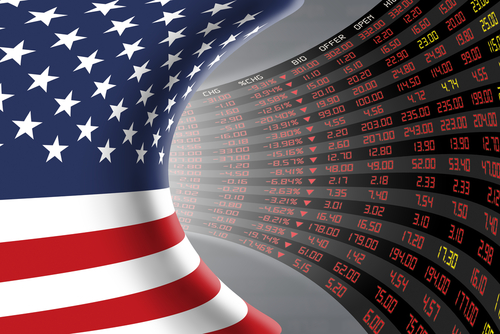
Credit | FX | Global | Monetary Policy & Inflation

Credit | FX | Global | Monetary Policy & Inflation
This article is only available to Macro Hive subscribers. Sign-up to receive world-class macro analysis with a daily curated newsletter, podcast, original content from award-winning researchers, cross market strategy, equity insights, trade ideas, crypto flow frameworks, academic paper summaries, explanation and analysis of market-moving events, community investor chat room, and more.
During the 2004-2006 hiking cycle, the Fed was contending with headline inflation at 4.7% and core inflation at 2.4%, and they hiked to 5.25% (Chart 1a). Today, headline CPI is much higher at 8.6% and core is 6%, yet markets are pricing a peak policy rate of around 3.5-4.0% (Chart 1b).
The divergence is huge. And it suggests that investors are assigning too large a weight to the Fed’s sensitivity to equity weakness or recession risks. Instead, we think policy rates need to move closer to inflation rates such that real policy rates are positive. With consensus expectations of headline inflation of 6.5% by year end, this suggests policy rates should be closer to the 2000s terminal rate of 5.25% than the 2015-2018 terminal rate of 2.5%.

The FX Volatility Curve still suggests FX markets are nervous. We find a good measure of panic in FX is the shape of the implied vol curve, where higher front-end vol versus long-dated vol equals fear. Aggregating across G10 FX, the FX vol curve is still in panic mode, though it has moved away from its peak. This measure broadly correlates with other risk measures, such as credit spreads (Chart 2). Yet FX seems less worried than credit right now.

Versus previous years, the net-issuance of duration paints a comparatively positive picture for market capacity (ex-ECB) to absorb Italian, French and Spanish supply. By contrast, if Germany is to get anywhere near its commitments to spend (in defence in particular), it will require a significant and sustained rise in issuance into the year end. With the prospect for PEPP reinvestment skew towards the periphery, this imbalance between core and periphery duration could extend further (Chart 3).

The low-rated CCC sector is starting to show signs of stress. It has widened about 400bp in 2022 and recently crossed 10%. In past cycles, that has been a precursor to credit deterioration and further widening. Granted, this widening could be as much due to the higher VIX or illiquid markets as concerns about credit risk per se. It bears watching (Chart 4).

Spring sale - Prime Membership only £3 for 3 months! Get trade ideas and macro insights now
Your subscription has been successfully canceled.
Discount Applied - Your subscription has now updated with Coupon and from next payment Discount will be applied.